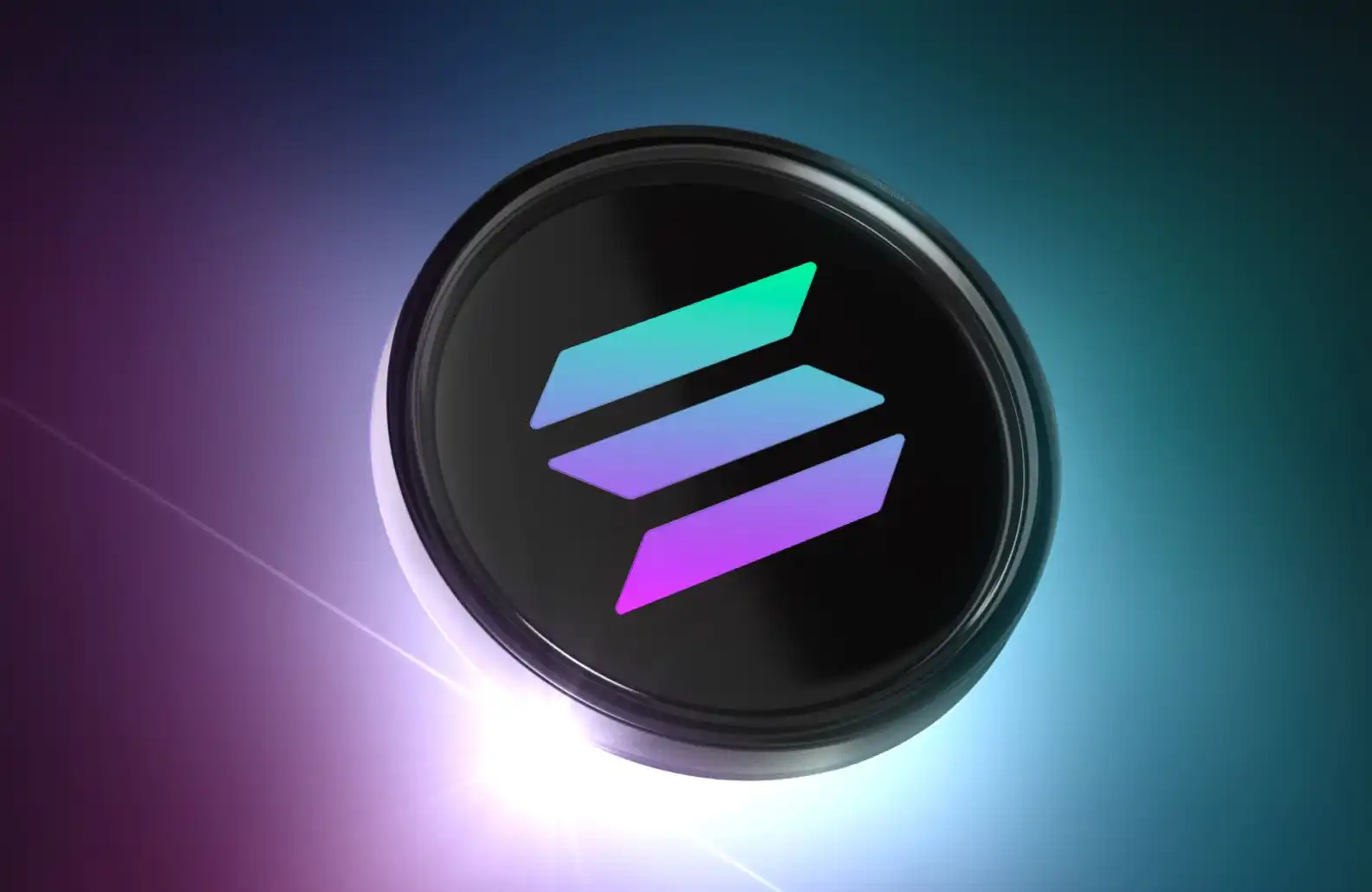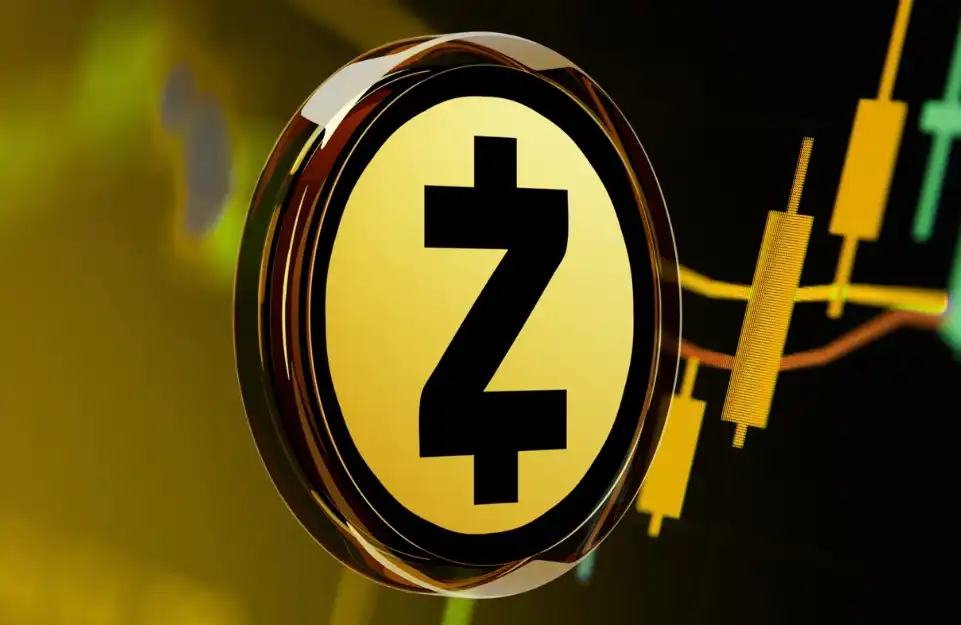Charles Hoskinson, co-founder of Cardano, has confirmed that a broad integration of XRP and related Ripple products into the Cardano blockchain is planned. The move marks a clear strategic focus on interoperability and DeFi collaboration across blockchain boundaries.
Cardano’s native Lace wallet will soon be able to manage several major cryptocurrencies, including XRP, ADA, and Bitcoin, within a single application. This pushes Cardano, long known for its conservative, research-first approach, further toward practical usage. In parallel, XRP-based DeFi functions such as lending, borrowing, and liquidity pools are in development.
For Ripple, whose XRP token is among the oldest and most liquid digital assets, this opens a new gateway into the DeFi sector. A tiered airdrop program on the privacy sidechain Midnight will distribute tokens such as NIGHT and DUST explicitly to XRP holders. In addition, discussions are underway to integrate the new Ripple stablecoin RLUSD into the Cardano ecosystem - a step that could bring both projects additional reach and adoption.
Strategic impact
The planned integration is seen as a strategic milestone because it directly connects Cardano to the large XRP community, drawing new user groups into its own ecosystem. Industry observers see this as having the potential to position Cardano more strongly as a multichain hub for DeFi.
Market sentiment also points to momentum: Following a meeting between Charles Hoskinson and Ripple CEO Brad Garlinghouse, many investors reacted positively to the collaboration. XRP itself has once again been consistently ranked among the world’s largest digital assets – a signal that the connection between the two networks is attracting significant interest.
Technical implementation and roadmap
For the technical rollout, Cardano is relying on existing bridge solutions and interoperability protocols designed to enable the secure transfer of XRP and ADA between both networks. In particular, the planned use of the Interledger Protocol - already familiar within the Ripple ecosystem - could play a key role. Developers emphasize that the integration will not only expand token support but also unlock true cross-chain functionalities - for example, for decentralized exchanges and automated market makers ( AMMs ) that can leverage both assets simultaneously.
If the integration succeeds as planned, Cardano would be one of the first major blockchain networks to natively embed XRP into DeFi applications. This would intensify competition with Ethereum, Solana, and Polkadot, which are currently seen as the leading platforms for multichain DeFi. At the same time, the initiative signals that Cardano aims to shed its image as a conservative, research-driven blockchain. Instead, the focus is shifting more toward practical use cases - a strategic shift likely to appeal to both institutional investors and retail users.




